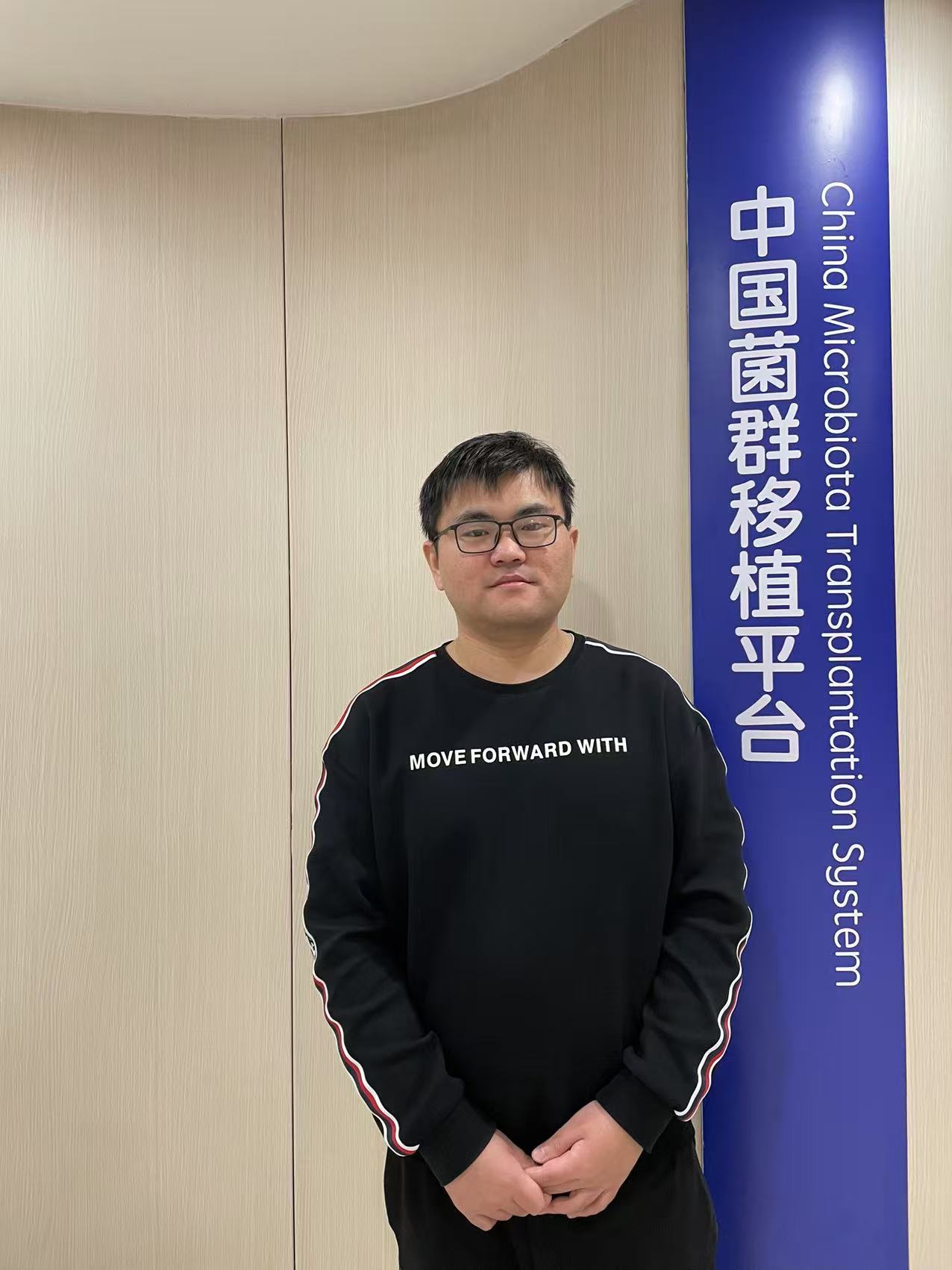
Shifting Paradigms in Hemorrhoid Management: The Emergence and Impact of Cap-Assisted Endoscopic Sclerotherapy
1.Hemorrhoidal disease (HD) is prevalent proctological condition that has puzzled people since ancient times, and the prevalence rate in China is 51.56%. Surgical treatment used to be the first choice for hemorrhoids, however, current treatment trends are shifting towards more minimally invasive procedures and shorter hospital stays, even for advanced hemorrhoids.
2.With advancements in technology, endoscopic approaches, including endoscopic rubber band ligation and endoscopic sclerotherapy, have become widely used in clinical practice due to their convenience and decreased pain. However, these procedures are always accompanied with significant complications, such as bleeding, abscess, and urinary symptoms, which may hinder the development of endoscopic therapy.
3.In 2014, flexible endoscopic injection of ALTA with a short needle and cap assistance was reported in Japan. Considering the limitations of retrograde endoscopy during injection sclerotherapy within the anus, we first conducted the cap-assisted endoscopic sclerotherapy with a long injection needle for patients with Grades I-III hemorrhoids in 2015.
4.In 2021, an expert panel in China developed guidance on CAES and introduced the Left-Posterior-Right-Anterior (LPRA) positioning method for anal procedures, which is recommended as a replacement for the conventional lithotomy position for the precise direction description on the anal lesions and endoscopic therapy.
5.Since the introduction of the CAES in 2015, CAES has been widely used in the treatment of internal hemorrhoids, and the management of HD in China has shifted from being predominantly managed by the department of proctology surgery to being managed mostly by the department of gastroenterology.

Reference: Wang X, Wu X, Wen Q, Cui B, Zhang F; Shifting Paradigms in Hemorrhoid Management: The Emergence and Impact of Cap-Assisted Endoscopic Sclerotherapy. J. Clin. Med. 2024, 13(23), 7284; https://doi.org/10.3390/jcm13237284
First Author: Xianglu Wang
Corresponding author:Faming Zhang


